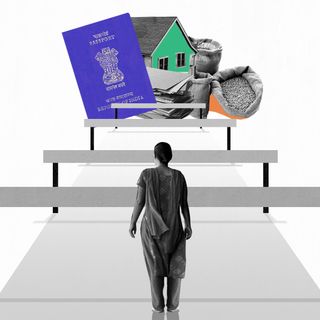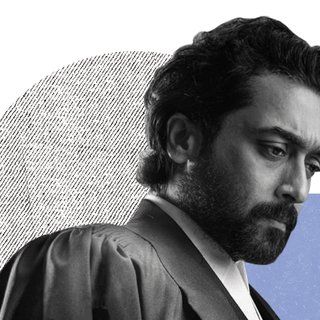The Thamizhnadu Brahmin Association (TBA) launched what, in their estimation is a prodigious search, for Brahmin brides. More specifically, the TBA is looking for brides from Uttar Pradesh and Bihar on behalf of 40,000 disconsolate Tamil Brahmin men who have been unsuccessful in finding a “suitable match” in their home states.
The TBA, attributing this to a shortage of Brahmin women for faultless Brahmin men, has launched a “special drive” in Delhi, Lucknow, and Patna, with coordinators fluent in Hindi who would represent the association.
The skewed sex ratio is one factor behind launching the drive, according to the Association. But there are others. “A gap in stature and status as well as inter-caste marriages are other reasons,” TBA President N Narayanan told The New Indian Express (TNIE). An educationist, M Parameswaran, also told TNIE that parents’ insistence on big “swanky” weddings is to be blamed.
In short, everything except for a deeply problematic insistence on caste endogamy is to blame for 40,000 unfortunate men’s plight, as per the TBA.
The incident speaks to a deeper history of caste endogamy and insecurity over women breaking this pattern. The idea of “hunting” for brides from the same caste in other states is not new. A skewed sex ratio is only one part of the story; but when the “pool” of potential partners is limited to narrow criteria of which caste is first and foremost, the ratio is skewed even further.
In other words, it is a combined sex and caste ratio that the bridegrooms are looking at — one which is increasingly concerning to the caste as a whole on account of losing control over “their” women, and therefore, their purity.
Related On The Swaddle:
Tell Me More: Talking Caste and Marriage With Jyotsna Siddarth, Founder of Project Anti‑Caste Love
The practice of maintaining Brahmin caste endogamy is unfortunately also becoming increasingly state-sanctioned. In Karnataka earlier this year, the Karnataka State Brahmin Development Board (KSBDB) announced a scheme in which Brahmin brides were assured a payment of 3 lakh rupees for marrying Brahmin priests within the same state. If this sounds distastefully like shopping, it is — the state is literally willing to pay for brides from the same caste and region.
The TBA debacle is just another extension of this. There is no word yet on the incentive they plan on offering the women they seek, or on whether they plan to do so at all. But the moves by both the TBA and the KSBDB shares common roots — they believe the lack of “suitable” matches for Brahmin men within the same state is a problem that needs solving.
Marriage brokers are consequently paid hefty sums of money to “find” suitable brides for Brahmin men. A look at Tamil Brahmin forums on the subject is telling. Men often complain, with much self-pity, about the lack of “eligible” brides “only” within Brahmin communities — and cite the women’s criteria (education being one of the main ones) as “silly.” But this self-victimization means that few are willing to look beyond their caste even when the problem seems obvious.
“It is now not uncommon to see Tamil-Telugu Brahmin marriages or weddings between Kannada speaking Madhwas and Tamil speaking Smarthas. Something like this is unimaginable several decades ago,” a prospective bridegroom told The Indian Express.
This may well be, but the insistence on maintaining caste “purity” means that many upper-caste men are unwilling to acknowledge that with greater agency, some women no longer want to settle for someone solely on the basis of their caste. Meanwhile, marrying within the same caste but from a different state is seen as a progressive step up among upper-caste men.
This is not to say that upper-caste women are any less insidious about maintaining caste purity. But the fact that there are 40,000 men out there, unable to find a “suitable” partner and blaming inter-caste marriages speaks to the fact that it is more in upper-caste men’s interests to control the agency of the women in their community, as carriers of their “honor.”




